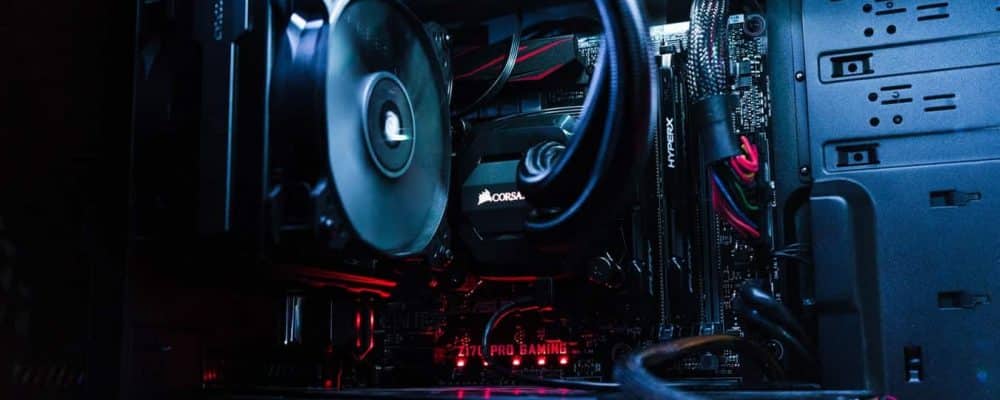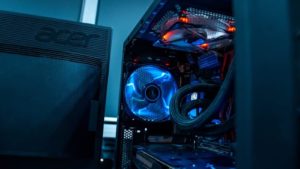Have you ever toyed with the idea of building your own PC? So far you haven't dared because you think it would be too difficult?
I'll tell you what you should know if you want to put together your own computer. You will learn, among other things, which individual parts you should not do without, what the most common mistakes are when assembling and what you should definitely keep your hands off.
Does a homemade PC have advantages?
Usually the first question is whether there are advantages in creating your own PC and assembling it yourself. After all, it is very convenient to just go to a store and buy yourself a ready-made device.
And after all, there is a colorful selection of models, so that actually every user can find a computer that he likes. Nevertheless, there are some clear advantages if you put your PC together yourself.
The financial screw
A big advantage of the self-made PC is the money factor. You can decide for yourself which components you absolutely want to have and which things you can easily do without.
For example, if you want a gaming machine, speed and a good graphics card important. However, if you plan to use your computer more for surfing the Internet or watching movies, other factors are more important.
You can plan in advance exactly which individual parts your PC should have later and how much money you want to spend on them.
Accordingly, you can realize the dream of your own computer even with a rather small budget and do not necessarily have to spend several thousand euros.
Flexibility
When you buy a finished computer, you simply have to take what you can get. Most of the time it means that you have no influence on what components are installed or what programs are already preinstalled.
As a result, you may spend a lot of time deleting annoying memory hogs before you can use your computer properly.
If, on the other hand, you assemble the PC yourself, you have a direct influence on every screw, no matter how small. You can decide for yourself how big the case should be and how many fans you want to install.
You can choose whether you want active cooling or passive cooling and what hard drives you want to use.
Easy retrofitting
The best part is that you can always customize your PC to suit your needs. If you more random access memory If you need it, it can be retrofitted more easily because you know exactly what you have installed and what you need.
With a ready-made computer, you sometimes have to search for such information first if you don't want to make a bad purchase.
What do I need for assembly?
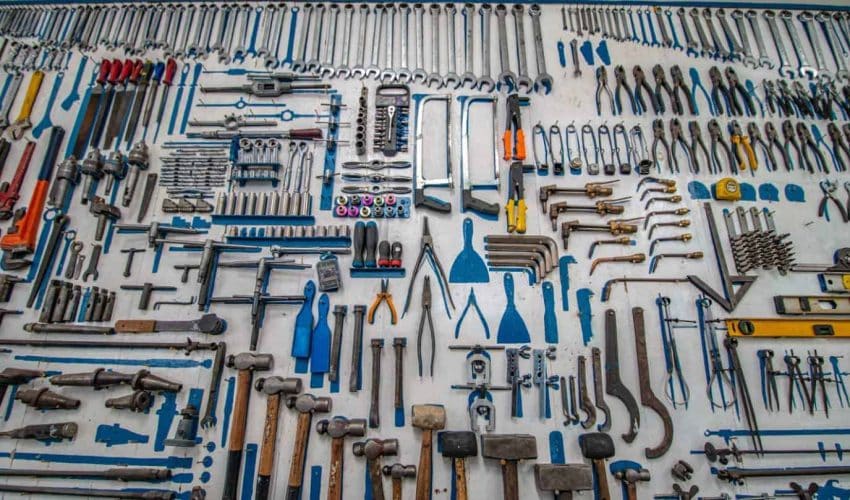
If you want to assemble your own computer, there are a number of components that you should not do without. But first, let's take a look at which ones Tools you should have ready.
working surface
You will need space to tinker your PC together. Above all, make sure that the substrate stable and clean is to get you started.
Screwdrivers in various sizes and designs
Screwdrivers are your all-purpose weapon. There is hardly a component that you do not have to screw tight in some way.
Cable Ties
Order is half of life - also in your own PC. Especially when replacing new components, you will be grateful if you don't have to fight your way through a jungle of cables, but move past a few bundles of cables. Here are more tips for good cable management.
Container for small parts
A screw can be in the hubbub get lost quickly. To prevent this from happening, you should set aside one or two bowls in which you can put all the small parts. This will make assembly much easier for you.
Light
Think of a handy flashlight, smartphone or other light source. You will need them when you all Connect, screw and connect the individual parts correctly want.
checklist
- working surface
- Screwdrivers in various sizes and designs
- Cable Ties
- Container for small parts
- flashlight
These PC components should not be missing under any circumstances!
After the most common tools, we now come to the actually more exciting things. Here is yours "Shopping list" of components, which should not be missing in a PC brand self-made:
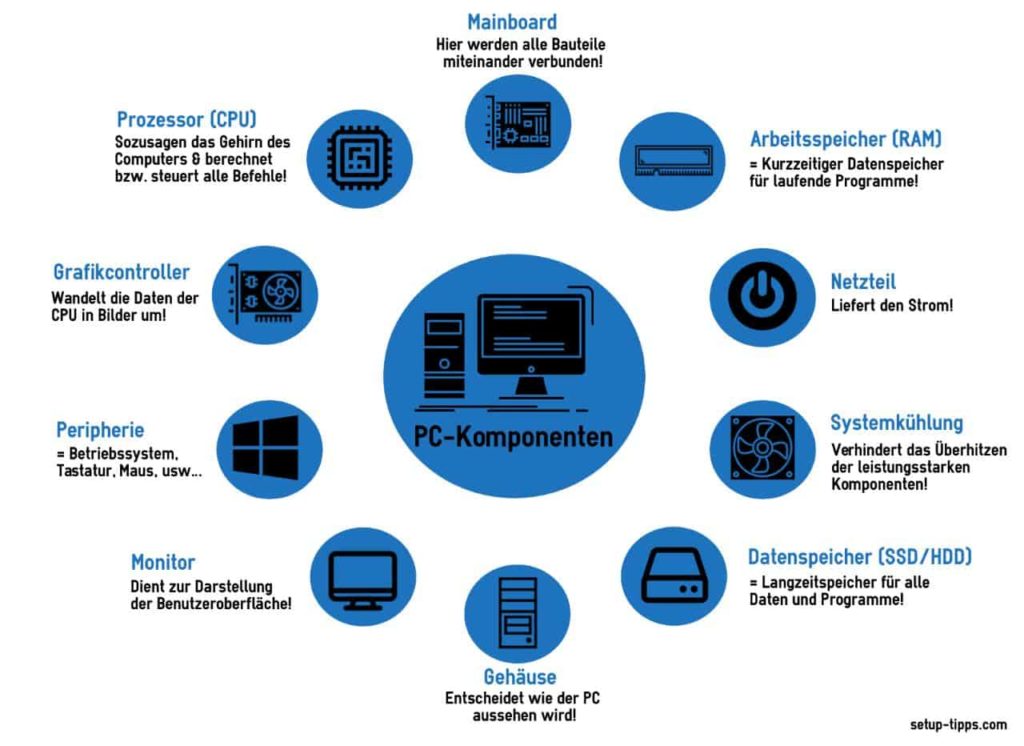
The housing
The case not only decides how your computer will look later, but also how much space you have to install it. As a layman, you should contact closed housing with good ventilation options hold. Later you can also try a housing with a viewing window, if you like.
The power supply
Your PC will need power. He gets this through this Power Supplies. It's worth it here a euro or two more, so that your PC later on one side ruhigen works and on the other side long powerful remains.
The motherboard
The mainboard or "motherboard" is the motherboard. All components are connected here.
The processor
The CPU is almost the brain of your future computer. When making the right choice, you should make sure that the mainboard processors supported by AMD or by Intel. You can find this information in the user manual Motherboards.
random access memory
RAM or RAM is a sticking point in many games or programs. More RAM also mean that for example Images are built up faster can or yours Clicks are implemented faster by the PC.
The graphics card
The graphics card is the busy bee in your computer. She has to be quick Build images and videos, render and play smoothly. Many games place high demands on the graphics card. You should therefore check in advance whether certain games or programs require a graphics card model as a system requirement. Benchmarks are ideal for this.
storage media
A hard drive is an absolute must for every PC. Somewhere have to Save data and programs yes permit. It's best to think about whether you're normal HDDs like or if you want to pay a bit more for a faster one SDD want to invest.
Cooling
Without the right cooling, your PC will quickly collapse. Each component contains sensitive electronics and will quickly overheat. To prevent this, you have the choice between Active or fan cooling, passive plug-in cooling or water cooling. As a beginner, you are better off with a fan because it is easy to install.
DVD drive
Even if CDs and DVDs are no longer that important and you can download many programs from the Internet, there is still one for the set-up phase DVD drive worth its weight in gold, to your Install operating system and set up drivers.
network card
Your Gateway to the wide world of datat is a network card. It doesn't matter whether you want to surf with a cable connection or are more wireless, on one Connection to the internalt you should not do without. There is also an alternative WLAN sticksthat can be plugged into the PC from the outside.
monitor and peripherals
Anything that you don't build into your computer is called "peripherals." This includes the monitor, mouse, keyboard, speakers and maybe a controller.
DIY PC shopping list
- The housing
- The power supply
- The motherboard
- The processor
- random access memory
- The graphics card
- storage media
- Cooling
- DVD drive
- network card
- monitor and peripherals
- The operating system
What are the most common sources of error and dangers when assembling?
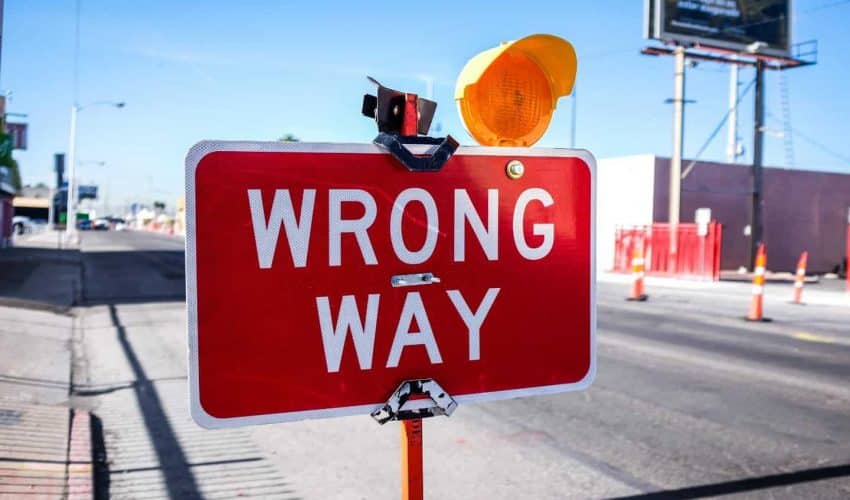
When assembling it can of course happen that you break something or set a handle wrong. After all, it is a large number of small electrical parts that should ultimately form a finished PC. I put common sources of danger, so that you can sensibly avoid them in your own construction.
Working with electricity
When you're tinkering with your computer, it's incredibly important that you unplug the device. Otherwise, there is a risk that the device will accidentally start while you have your fingers inside.
However, a sudden power surge can also damage the built-in electronics and literally short-circuit the PC. Therefore: Disconnect the cable before you open the computer!
Raw Powers
It is not necessary for you to force your components into anything or to force them into place. Most of the time one is enough light pressureto get the parts in place. But if you press too hard on the parts, they can easily break and break.
corners and edges
Your PC is full sharp corners and some edges. It can easily happen that you scratch your fingers. Hold a few to be safe Pflaster ready.
unstable system
Not every part fits every part. The mainboard determines, for example, what kind of processor you can use and which RAM modules can be used. buy it not just the biggest, fastest, most expensive, but find out what your individual components have to do with the rest of the hardware.
If you coordinate the individual parts, you also increase the longevity and stability of your PC.
Wrong connections
Before you start using it for the first time, check that too every screw is tight and no cables or individual parts are loose. Otherwise the parts can break off during operation or fall out of their holders. Your computer will only work without problems if all components are properly attached.
Who can I contact if I have any questions?
When assembling your computer - especially during the first attempts - it is not unlikely that you will have questions. So that you can configure and assemble your PC exactly according to your ideas, you have a number of different contact points:
The electronics store
You can find it in your local electronics store Sellerwho give you one Answer most of your questions in advance can. Of course, they mainly want to sell something, but they are also experienced in advising their customers on difficult questions.
PC Experts
Going to a PC specialist will definitely help you. However, you should also keep in mind that a consultation is not free in many cases. Expert help can expensive so you should really only choose this option if you have no other choice.
internet communities
There are various on the internet Forums and sites like Computer Databasewho deal with assembling their own PCs. If you ask your questions there and also mention that you are a layman, other users with more experience will contact you to help you. Often you will even be given different solutions, so that you multiple options for solving problems get.
I can you above all Youtube recommend. The videos make it easier to build your own and if you have any questions, you will be helped immediately in the comments.
Handbucher
There are helpful small manuals for almost every new component, and there is always one Have questions and answers section. You can definitely take a look here and, with a bit of luck, find your solution or one or the other tip.
Conclusion
Assembling a computer yourself is not that difficult at allhow it works. Think in advance what you want your PC to be able to do and what you need for it. Take your time and don't hesitate to ask questions.
You will quickly notice that everything is relatively logically intertwined. And before you know it, your own computer is ready and waiting to be used!
